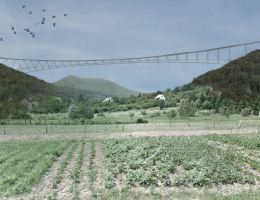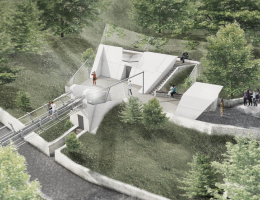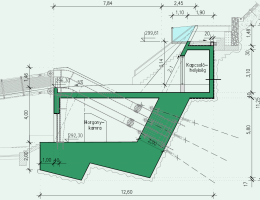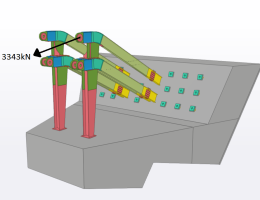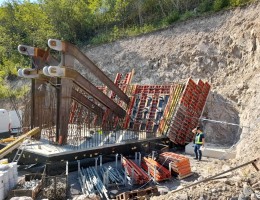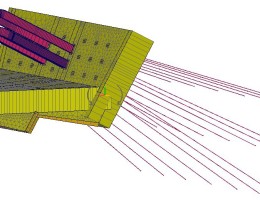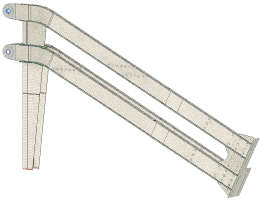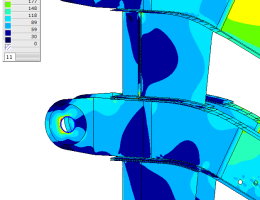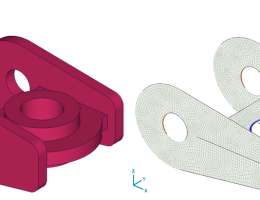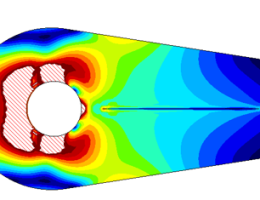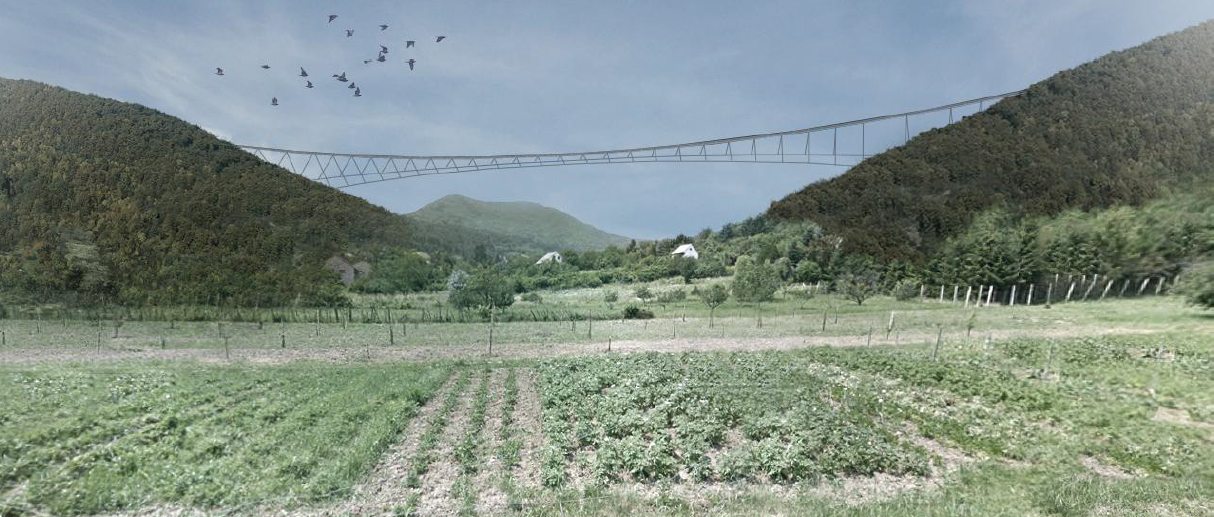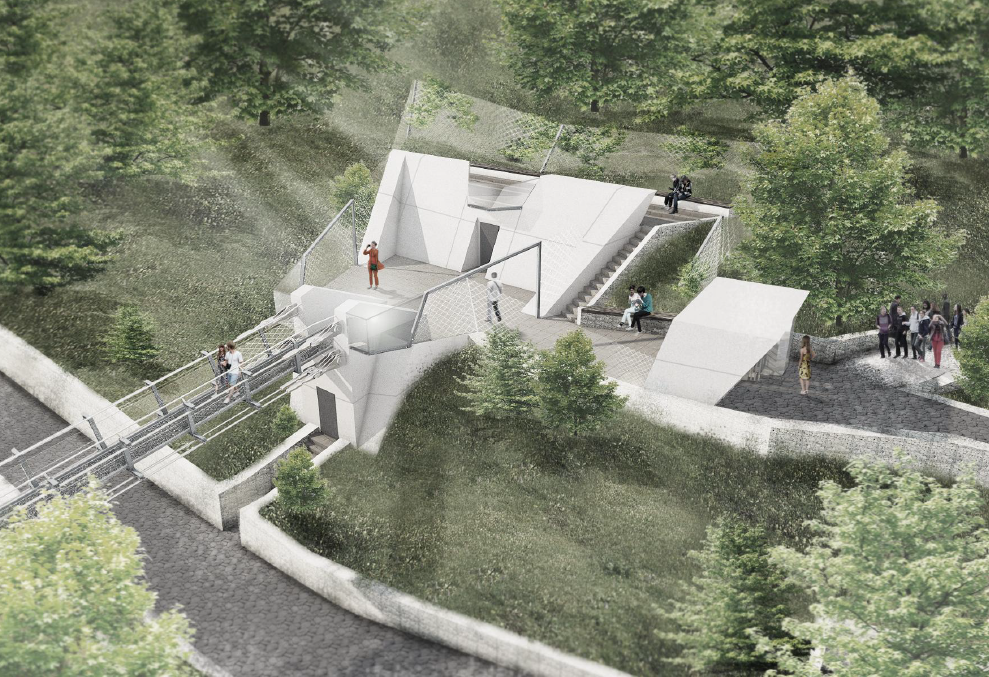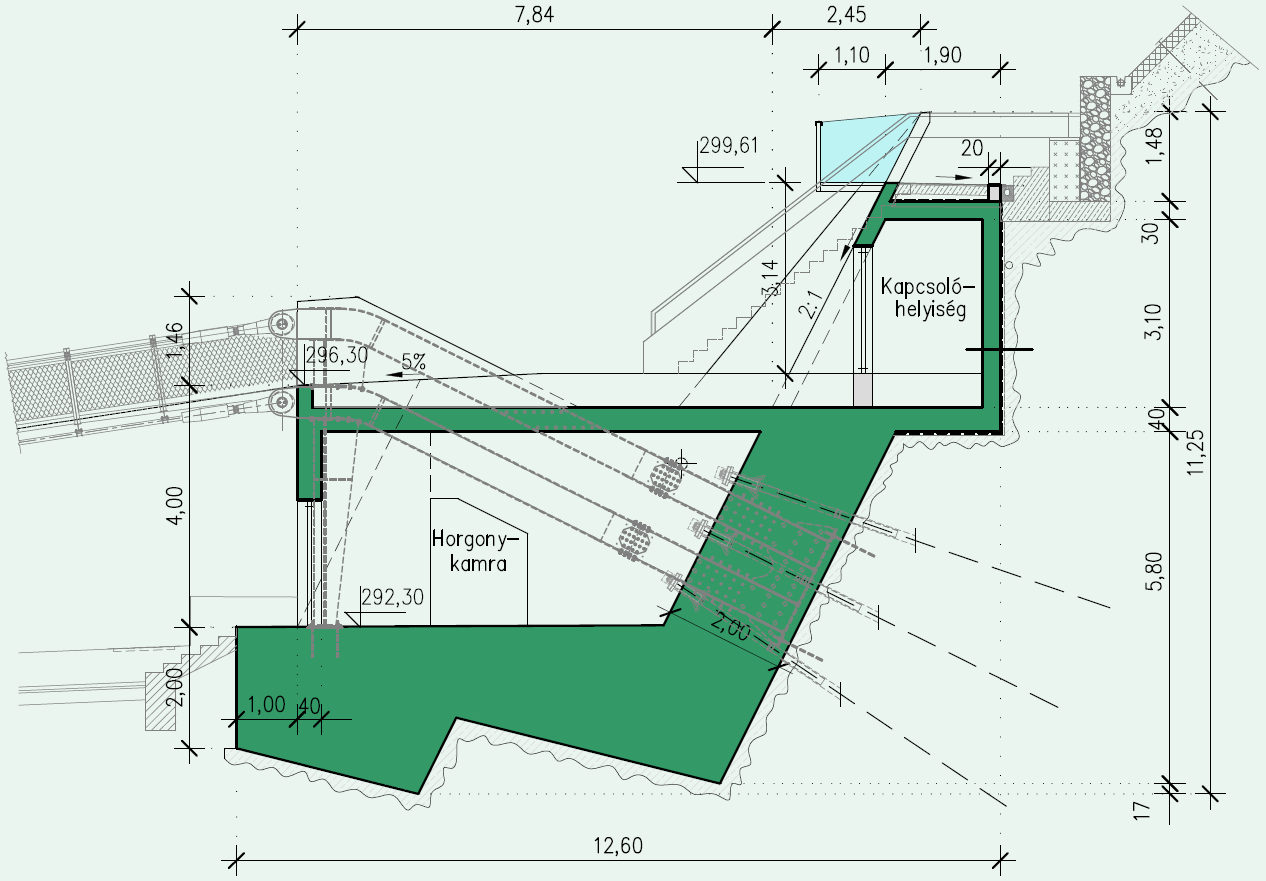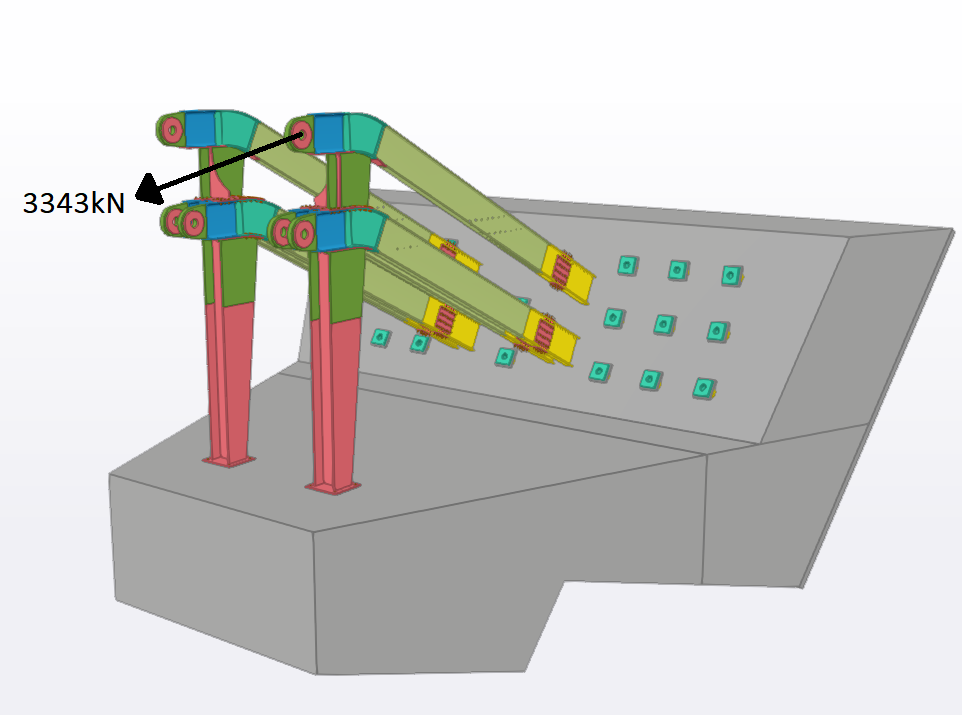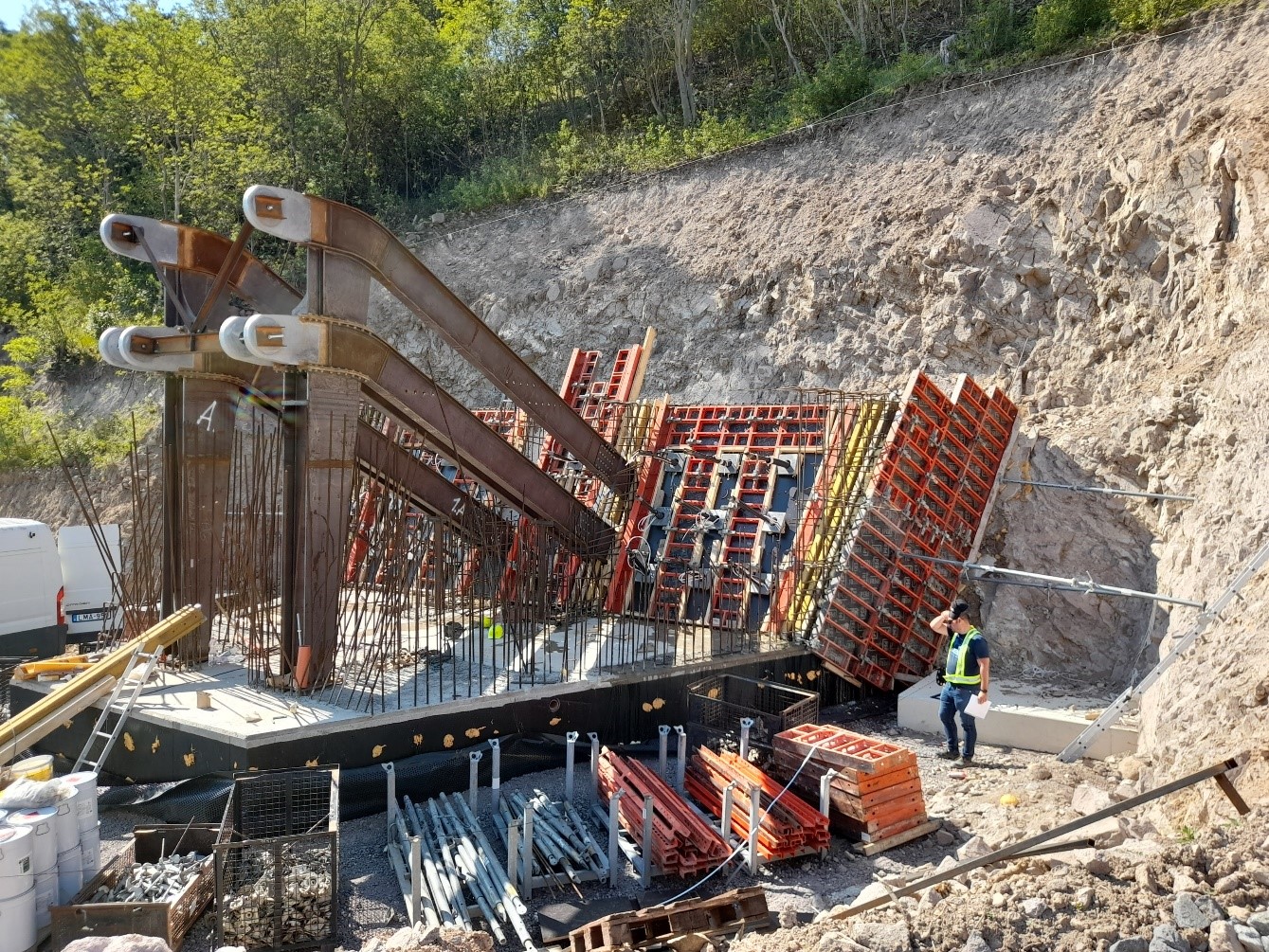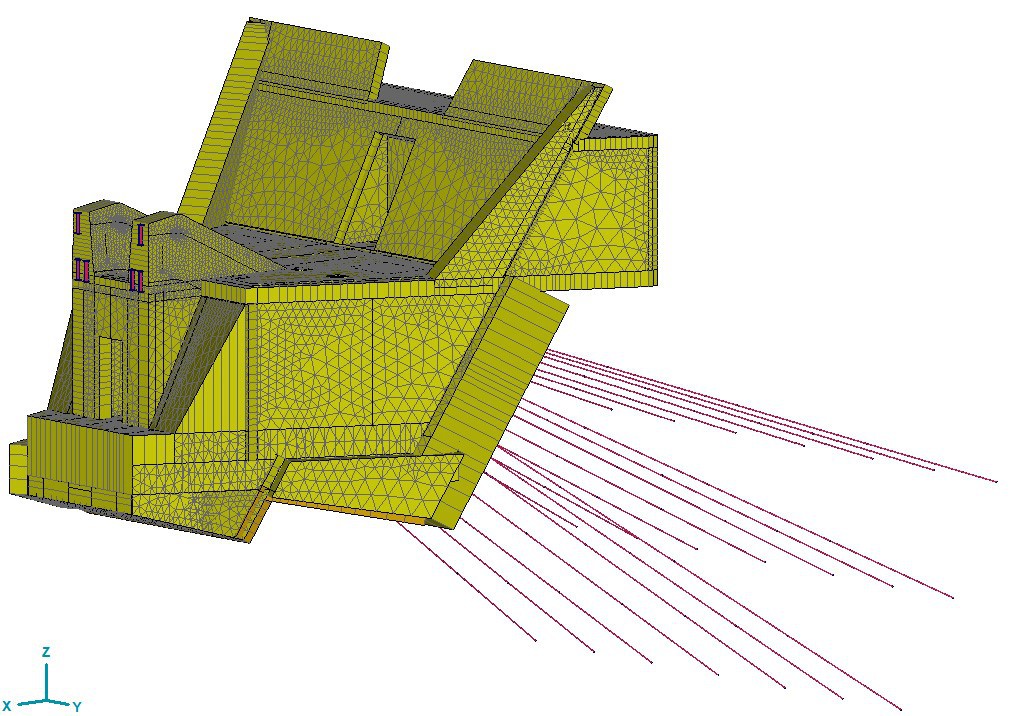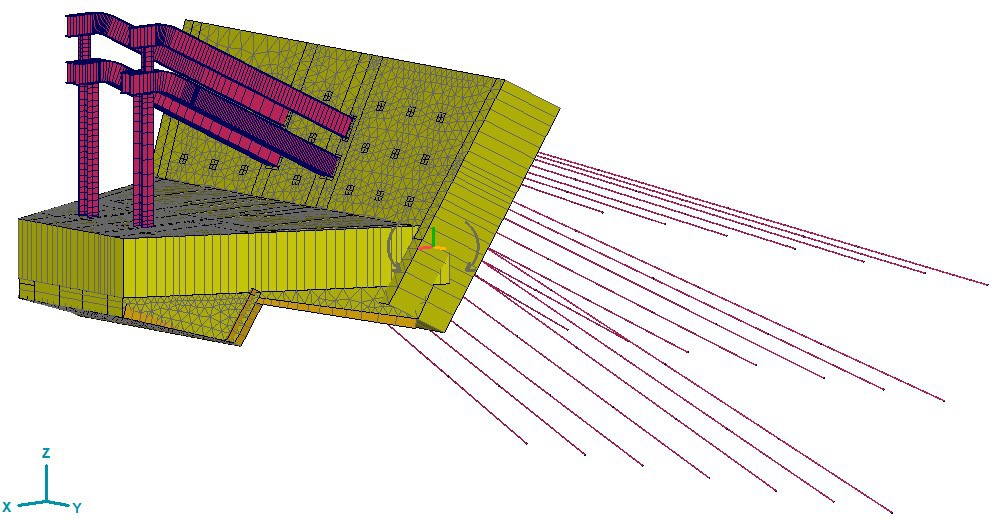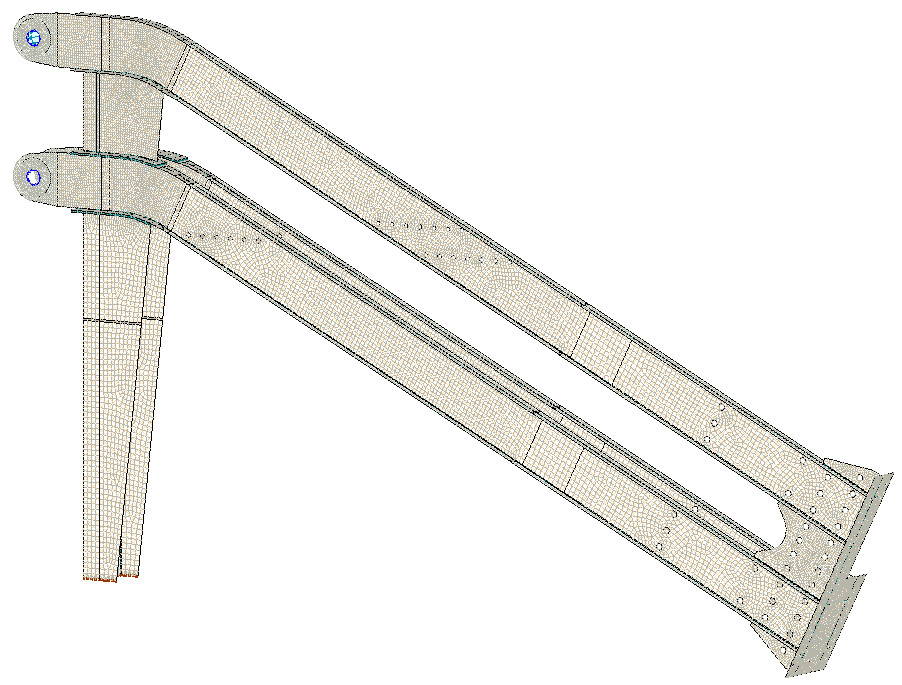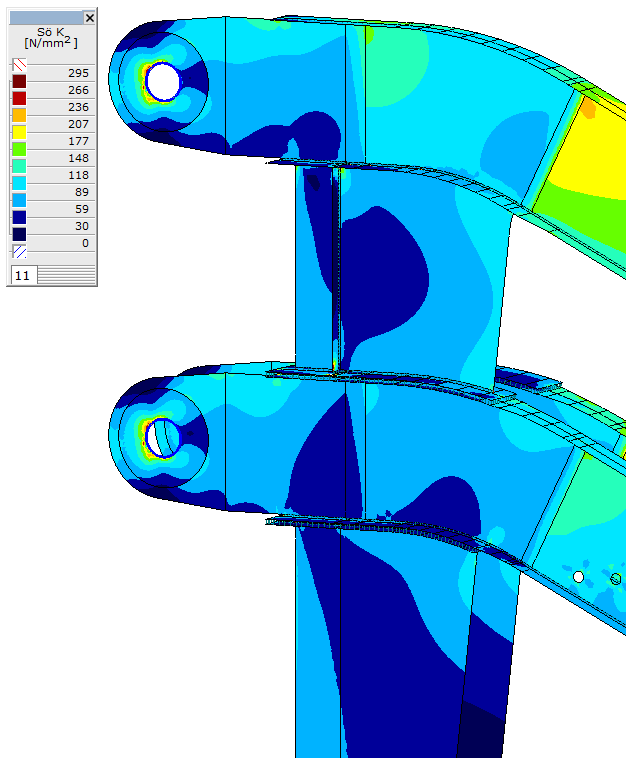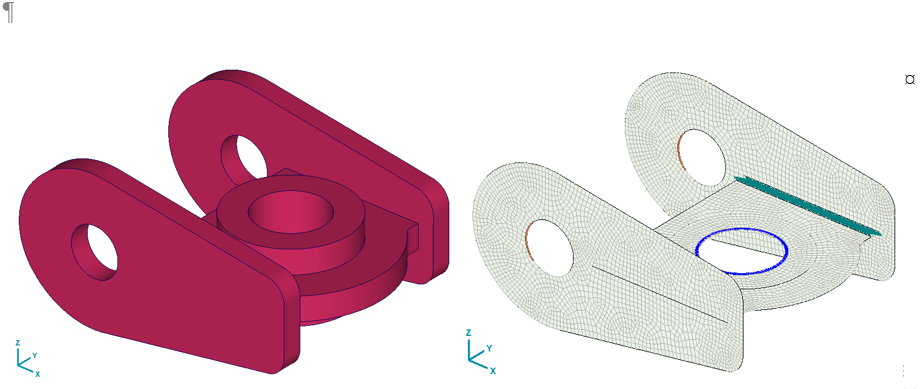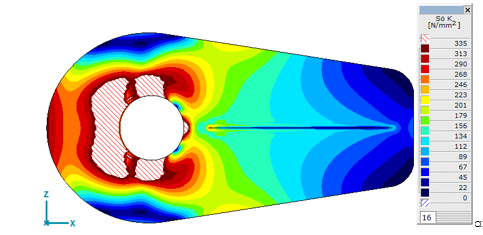CUSTOMER PROJECTS
Pedestrian rope bridge in Sátoraljaújhely between Szárhegy and Várhegy
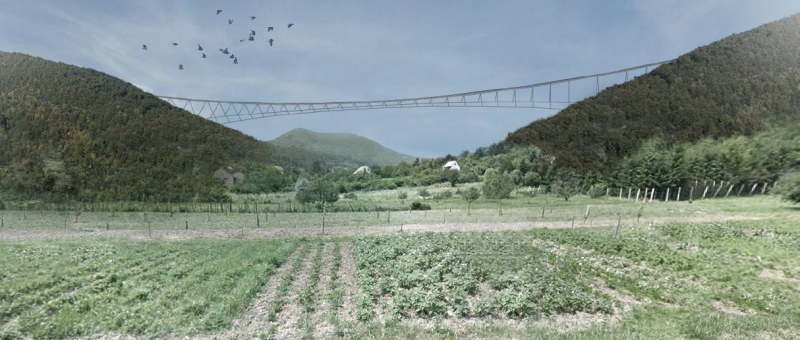
SÁTORALJAÚJHELY, HUNGARY
General Designer and Bridge Specialist:
Main Designers:
Structural Calculations:
Architectural Design of the Abutments:
Architectural Designer:
Year of Completion:
MSc Engineers and Consultants Ltd.
Zoltán Szigeti and Péter Gondár
Péter Gondár, István Szalma, Miklós Bódi
Unitef’83 Ltd.
Péter Széll
2024
PROJECT DESCRIPTION
Brief overview of the project
The pedestrian rope bridge was built in Sátoraljaújhely as part of Zemplén Adventure Park, connecting two hills, Szárhegy and Várhegy. Amongst similar type of structures it has a world record holder span at the time of its opening. In order to enhance the attraction factor, glass decks, view points and photo points can be found on the bridge. In addition to the unique pedestrian experience it also provides connection between other elements of the Adventure Park (such as the Hungarian Calvary, the Castle and Camp Rákóczi)
Description of the structure
The bridge consists of six main steel cables with the diameter of 70mm, spanning 700m in a parabolic shape. These cables support the hierarchical structure of the deck. The pedestrian walkway is formed by gratings between two longitudinal girders.
The bridge is stiffened by a wind cable system consists of two main D=70mm windguy cables and D=18mm secondary windtie cables. The two main windguy cables are running in a parabolic shape in a tilted plane towards the bridge. There are additional fixed anchor cables at the starting sections of the bridge with the diameters of 18mm and 26mm.
The large tensile force of the cables (6x3343kN in the main cables) is carried by a steel structure being integrated into the RC abutments. The overall static equilibrium is ensured by 23m long strand anchors embedded into a highly fractured dacite rock.
General data:
Bridge span: 700,00 m
Total bridge length (including abutments): 723,70 m
Wind cable system span: 525,40 m
Width of walkway: 1,20 m
Height above valley: ~ 84 m
The calculation of the abutments and the wind cable substructures were carried out by AXISVM finite element software:
- The structural safety of the abutments and wind cable substructures, which are anchored onto the dacite rock wall, was verified using global substructure models subjected to various load scenarios. The 3D models were built according to the general drawings of the substructures and the calculations were carried out by using different support stiffness conditions (since the stiffness of the rock could only be approximated).
- The main structural cables (main load bearing cables and main windguy cables) are connected to the RC substructures by integrated custom steel structures. These steel elements were analysed using local FE models, by applying multiple support scenarios. A plastic nonlinear analysis was also carried out in order to get a clear picture of the local stress development around the stress concentration zones of the pinned connection. This helped to make a more reliable assessment of these members.

